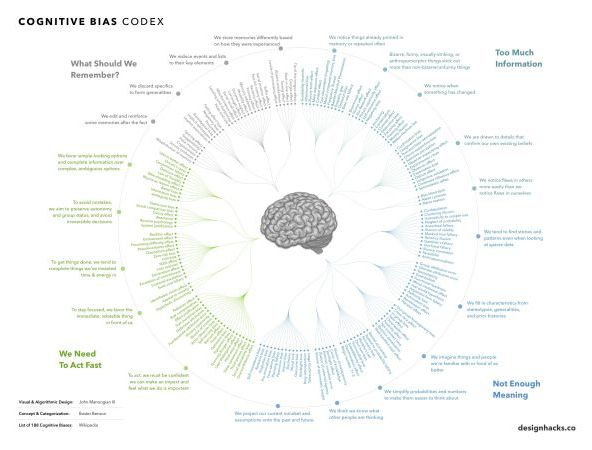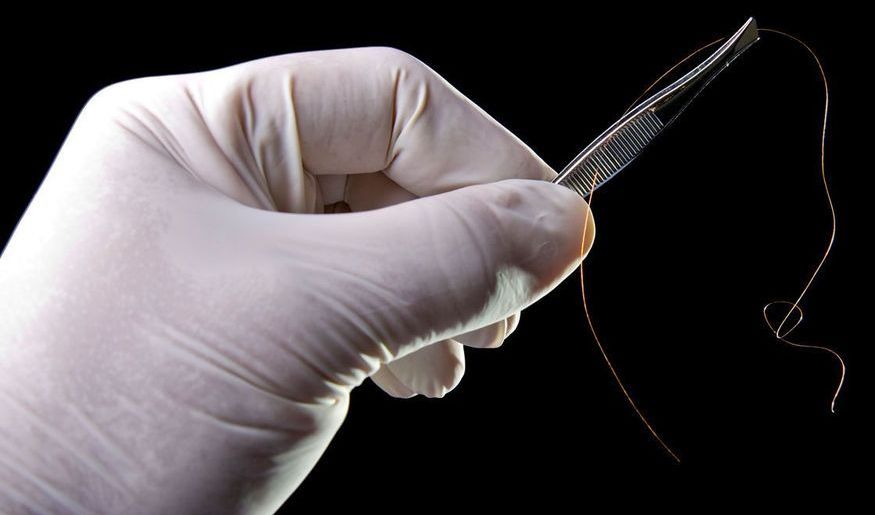Click on the image to zoom in and view the high resolution version.
WHAT IS A COGNITIVE BIAS? Humans tend to think in certain ways that can lead to systematic deviations from making rational judgments. These tendencies usually arise from:







In 2016, Attila Krasznahorkay made news around the world when his team published its discovery of evidence of a fifth force of nature. Now, the scientists are making news again with a second observation of the same force, which may be the beginning of a unified fifth force theory. The researchers have made their original LaTeX paper available prior to acceptance by a peer-reviewed journal. Study of the hypothesized fifth force, a subfield all by itself, is centered on trying to explain missing pieces in our understanding of physics, like dark matter, which could be expanded or validated by an important new discovery or piece of evidence.


